on view
on view: July 1, 2022–June 30, 2023
January 28–August 7, 2022
Maya Lin: Mappings
Curated by Aprile Gallant, Associate Director of Curatorial Affairs and Senior Curator of Prints, Drawings and Photographs
February 18–October 23, 2022
FX Harsono: NAMA
Curated by Yao Wu, Jane Chace Carroll Curator of Asian Art
March 11, 2022–April 2, 2023
Sheila Pepe: Red Hook at Bedford Terrace
Curated by Emma Chubb, Charlotte Feng Ford ’83 Curator of Contemporary Art
April 1–July 17, 2022
Jennifer Chang Crandall: Whitman, Alabama
Curated by Emma Chubb
August 2, 2022–May 28, 2023
Colonial Entanglements
Curated by Isabel Cordova and Sydney Nguyen, Five College Post-Baccalaureate Assistants for Indigenous American Collections, 2021–2022
September 9, 2022–August 6, 2023
Brought to Life: Painted Wood Sculpture from Europe, 1300– 1700
Curated by Danielle Carrabino, curator of painting and sculpture
September 30, 2022–April16, 2023
Wood Painted & Placed
Curated by Emma Chubb
November 4, 2022–July 9, 2023
Agano Machiko: Untitled
Curated by Yao Wu
March 24, 2023–February 11, 2024
Multiplying Power: Image as Protest in Prints and Photographs
Curated by Aprile Gallant
April 28, 2023–July 7, 2024
Pattern & Cycles: Contemporary Art from the Collection
Curated by Emma Chubb
mobile cabinets for works on paper
Summer 2022
Fantastical Goya
Curated by Henriette Kets de Vries, Cunningham Center Manager and Assistant Curator of Prints, Drawings and Photographs
video & new media gallery
December 17, 2021–July 10, 2022
Isaac Julien: Lessons of the Hour
Curated by Emma Chubb
July 22, 2022–June 25, 2023
Chien-Chi Chang: China Town
Curated by Yao Wu
June 30, 2023–February 4, 2024
Deborah Jack: the water between us remembers, so we carry this history on our skins, long for a sea-bath, and hope that the salt will heal what ails us
Curated by Emma Chubb
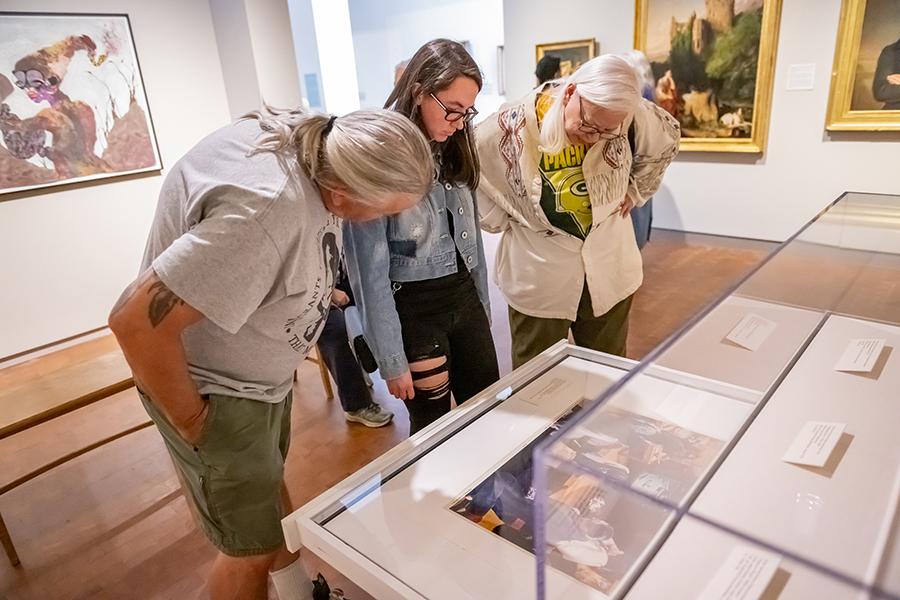

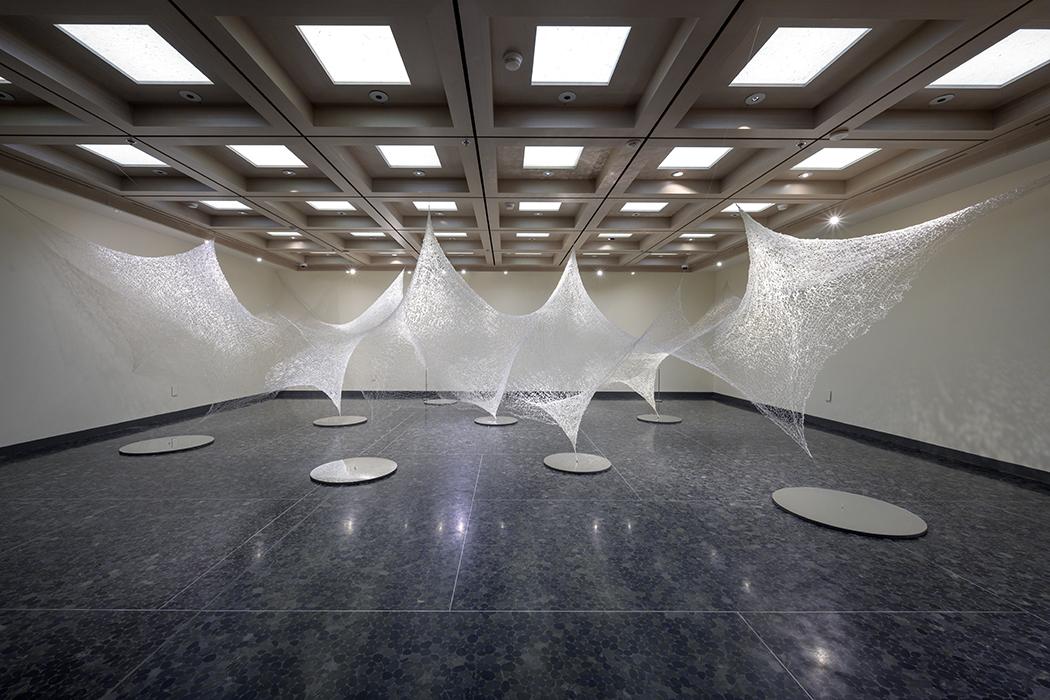
Brought to Life: Painted Wood Sculpture from Europe, 1300–1700
Brought to Life: Painted Wood Sculpture from Europe, 1300–1700 investigated the materials, techniques and reception of early European painted wood sculptures. Inspired by Smith’s campus as an arboretum, the exhibition explored the medium of wood, a once-living material, and how it was transformed at the hands of specialized carvers, painters and gilders to create lifelike sculptures. With ten works from SCMA and six loans, it gave visibility to an area of the collection that has not received much attention and fulfilled the museum’s teaching mission by generating rich discussions in the gallery for visitors.
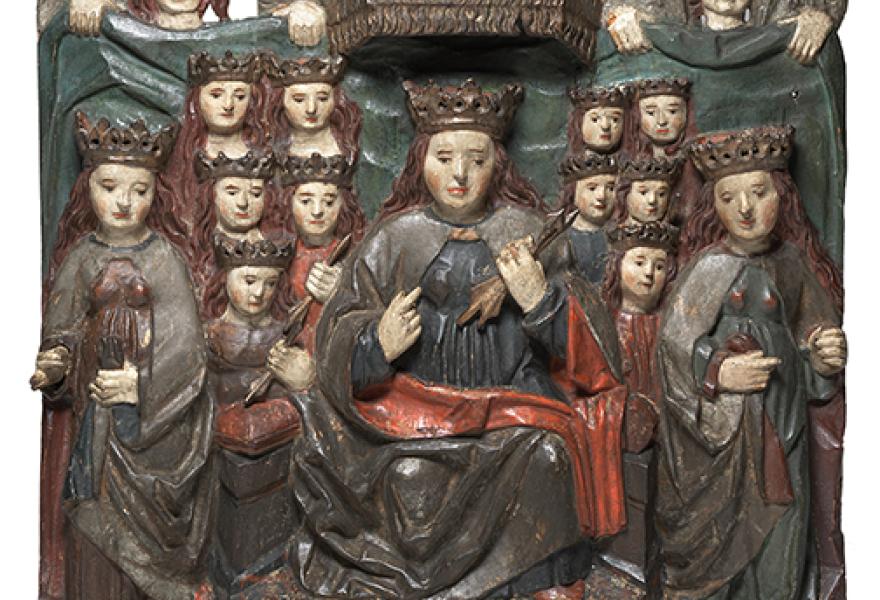
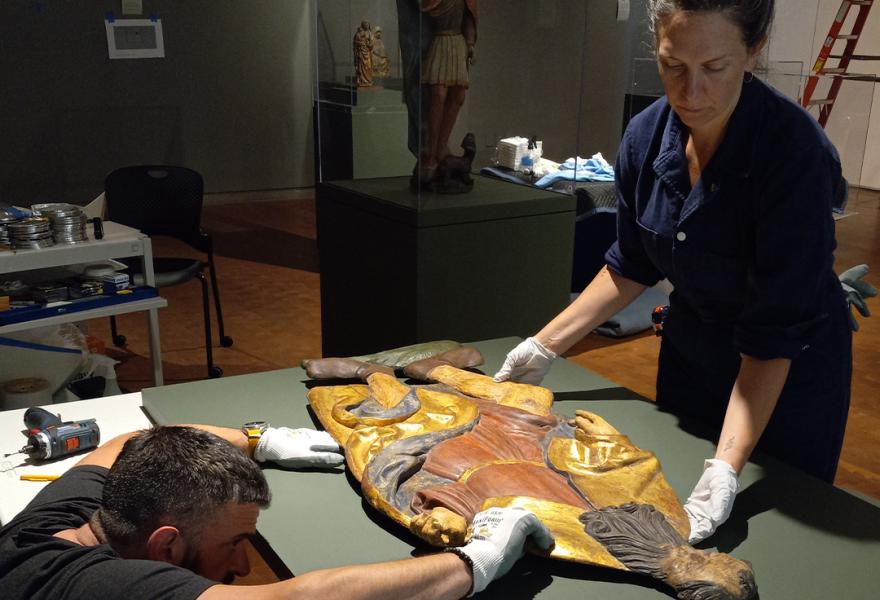
Most of the sculptures in the exhibition represented sacred figures from Christianity. Their naturalistic appearance was central to their function as objects of prayer and devotion. Painted wood sculptures were originally part of a multisensory experience that the exhibition aimed to simulate for visitors. The gallery lights were dimmed to create a contemplative atmosphere. As worshippers would have touched, held or kissed such sculptures, visitors were invited to handle a painted 3D scan of the Saint Fiacre sculpture. Musical performances by the Smith College Chamber Singers inspired by the sculptures could be heard through a sound dome and QR codes in the gallery, as well as on the exhibition website.
Although little is known about their intended locations, these sculptures were once part of larger, more complex ensembles. The names of their creators and their original appearances also remain unknown. Like any organic material, painted wood sculptures age over time. Some parts of the sculptures are now missing or have been victims of wood-boring insects. The original painted and gilded layers have either worn off or, more commonly, the sculptures were entirely repainted one or more times in their history. This damage and loss led to an exploration of the important role that art conservation plays in their care, preservation and reception today.
Object conservator Valentine Talland treated four sculptures included in the exhibition. She cleaned each sculpture and assessed them for damage, loss and overpainting. Talland used ultraviolet (UV) light and X-ray fluorescence (XRF) to reveal how these sculptures were constructed and decorated. Her examination was featured in an in-gallery video created by Annalise Edwards ’23J, available on the exhibition website. Talland further explained her work in a virtual program in conversation with Danielle Carrabino, and the two collaborated on a J-term course concerning the history and practice of painting on wood. To further explore the creation of the sculptures, the exhibition included a case with tools and materials. A public program featured art instructor and practicing artist Jeremiah Paterson, who demonstrated the historic technique of painting on wood and invited participants to try.
Brought to Life did not offer precise information about the sculptures’ original appearance, the names of their creators or the altarpieces to which they once belonged, because this information is not currently known. However, the exhibition provided greater visibility for these objects, which remain candidates for continued research, with the hope that these mysteries will someday be solved.
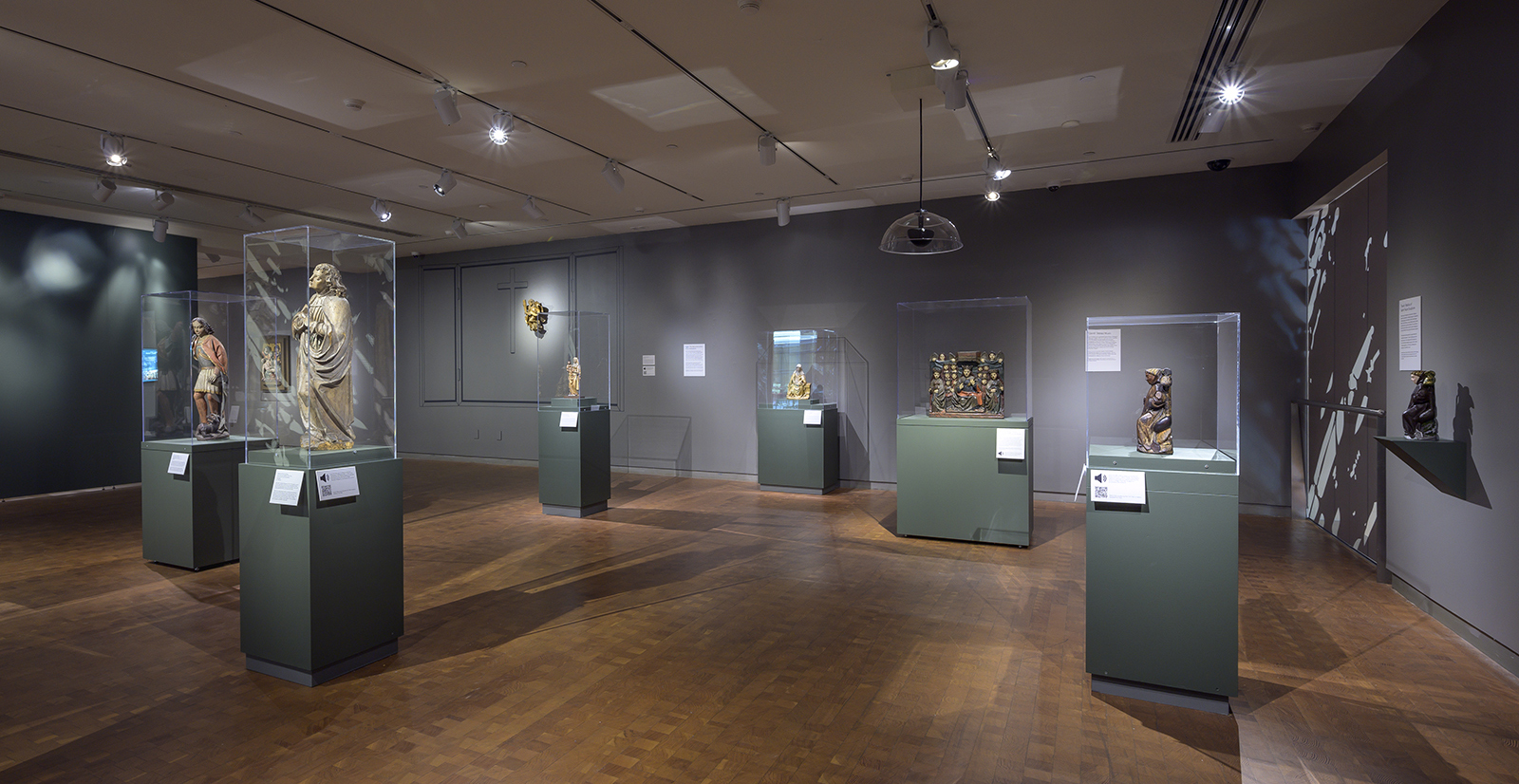
Abdessamad El Montassir: Artist-in-Residence 2023
The Artist-in-Residence program brings artists who are at a pivotal point in their careers to Smith College for a period of creative exploration and experimentation rooted in exchanges with faculty, staff and students. Building on the success of Amanda Williams’ inaugural residency in 2019, SCMA invited Abdessamad El Montassir to be the spring 2023 Artist-in-Residence.
During the seven-week-long residency, El Montassir conducted research in local collections, produced an edition of mezzotints at Zea Mays Printmaking (Florence, MA), lectured at Smith and Williams Colleges and connected with a broad range of students, faculty, staff and visitors at the museum, in classrooms and over meals. El Montassir, who was born in 1989 in Morocco, creates film, photography and sound installations that address histories outside of official narratives, especially as they relate to the western Sahara and themes of memory, intergenerational trauma and what he describes as the right to forget. He graduated from the National Institute of Fine Arts of Tetouan and the Ecole Normale Supérieure of Meknes.
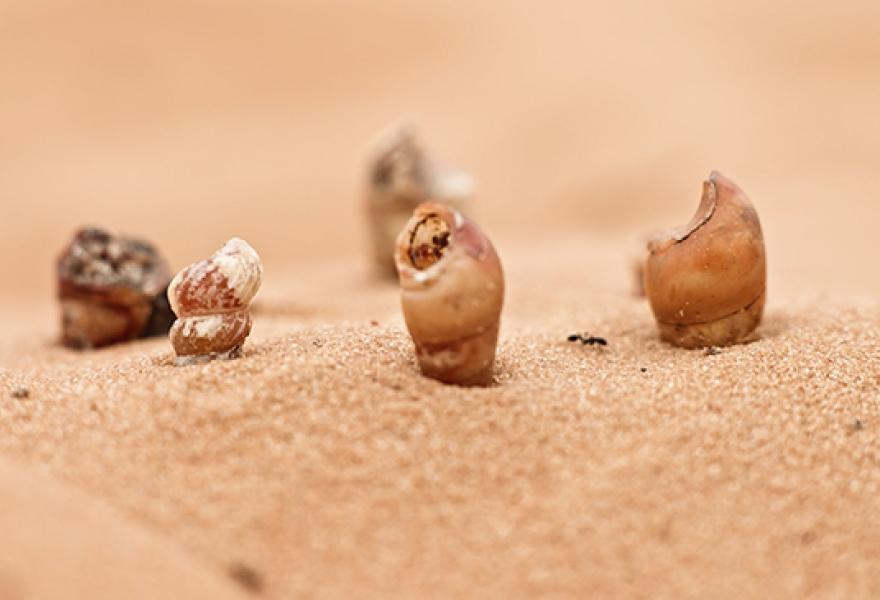
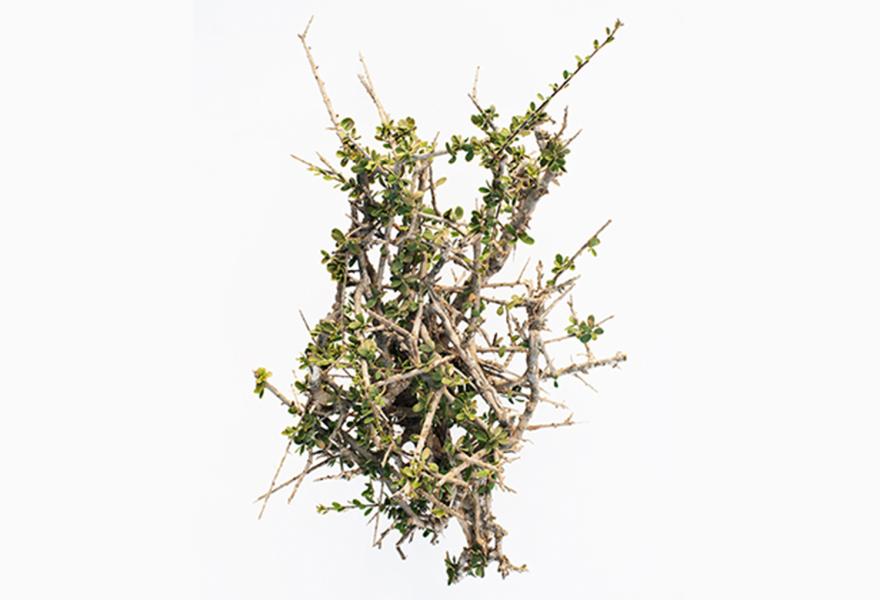
The primary focus of El Montassir’s residency was research, printmaking and script writing in conjunction with his current project, Âabide l’kadia. This interdisciplinary project aims to shine a light on communities of enslaved people and Haratins (literally “second group of free people”) in North Africa. In the Sahara, and particularly in Mauritania, slavery remains widespread despite its official abolition, and talking about it is still prohibited. Groups of formerly enslaved people and Haratins called the Meddaha have created contemporary spaces of emancipation and protest. Âabide l’kadia plunges us into the poetry and music produced by these communities, as well as the plant and animal life that surrounds them. Very important to Sahrawi cultures, these natural elements can be the carriers of knowledge and create the spaces for both human and nonhuman beings to recover their rights, identities and stolen histories. Research for this project prompted visits to the Yale University Art Gallery and the Peabody Museum of Archaeology and Ethnology at Harvard University, as well as a meeting with scholar Cynthia Becker at Boston University, where El Montassir viewed relevant objects from the western Sahara, Mauritania and Morocco.
SCMA facilitated a rich slate of public programs and curricular connections that included a screening and Q&A with STRIDE scholar Brooklyn Quallen ’25 and curator Emma Chubb (March 22); a keynote lecture for “Vegetal Forms: Knowing Time and Place Through Plants,” a seminar co-organized by Colin Hoag (anthropology) and Lily Carone (Botanic Garden) with the Kahn Liberal Arts Institute (April 7); a workshop with students in Anaiis Cisco’s advanced filmmaking class (March 24); and studio visits with senior studio art majors (March 23).
A publication about the residency, designed by Matt Austin, is forthcoming in 2024.
SCMA’s Artist-in-Residence program is made possible by the trust and support of Amy Shepherd Weinberg ’82, Robin Bracken Villa ’65, and the Contemporary Artist Project Fund.
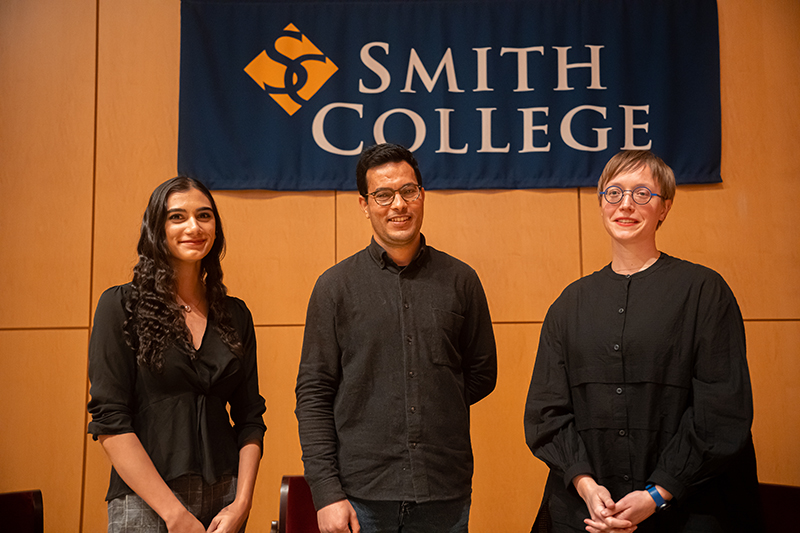
top to bottom, left to right: Visitors view the Colonial Entanglements mobile cabinet. Photo by Derek Fowles Photography; Danielle Carrabino gives an Artful Afternoons: Curatorial Tour of the Brought to Life exhibition in September 2022. Photo by Nina C. Peláez; Agano Machiko. Japanese, born 1953. Untitled (detail). 2004. Fishing line, stainless steel wire, kozo paper, and acrylic mirrors (added in 2022). Purchased. Photo by Stephen Petegorsky; Unknown German workshop. St. Ursula and the Virgin Martyrs. 17th century. Limewood with paint and gilding. Gift of Frank A. Newlin in memory of his mother, Mrs. Isaac Chapman Bates; SCMA Chief Preparator Nik Asikis and Registration and Preparation Assistant Leah Hughes install the exhibition Brought to Life: Painted Wood Sculpture from Europe, 1300–1700. Photo by Kelly Holbert; Installation photograph of the exhibition Brought to Life: Painted Wood Sculpture from Europe, 1300–1700. Photo by Stephen Petegorsky; Still from Abdessamad El Montassir, Âabide l'kadia. Film © ADAGP / Abdessamad El Montassir; Abdessamad El Montassir, Al Amakine, 2020. Light box installation and sound piece. © ADAGP / Abdessamad El Montassi; (left to right) Brooklyn Quallen ’25, 2023 SCMA artist-in-residence Abdessamad El Montassir and SCMA curator Emma Chubb. Photo by Khalif Neville